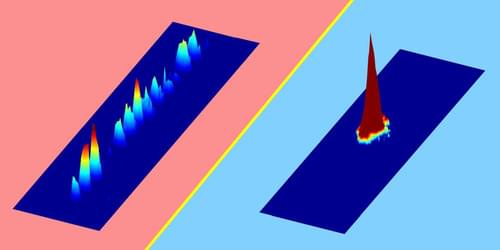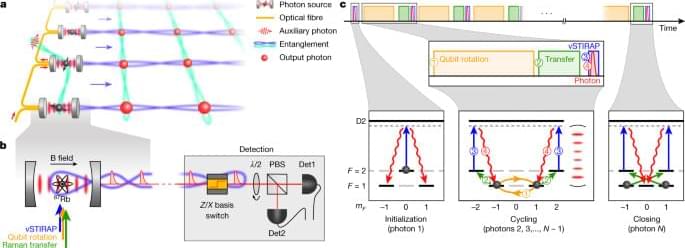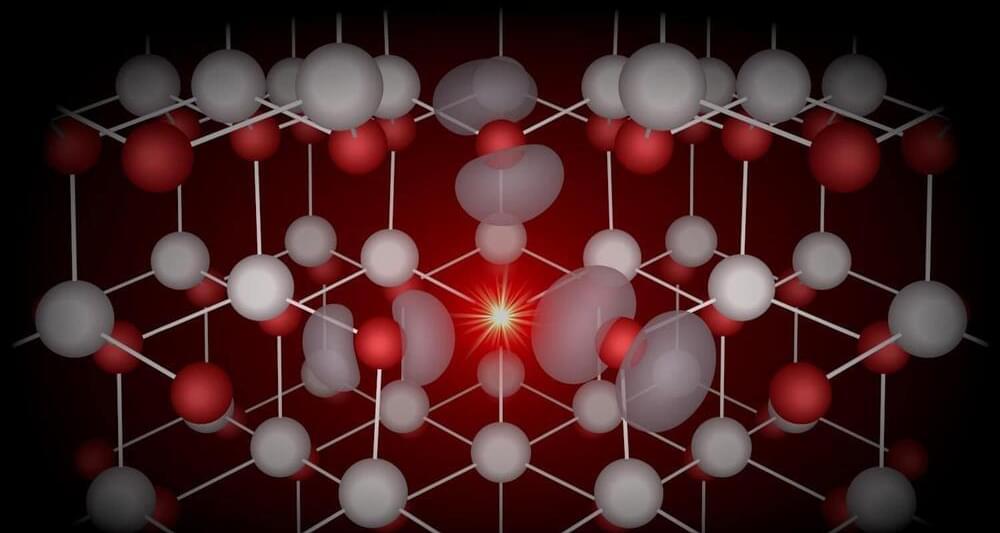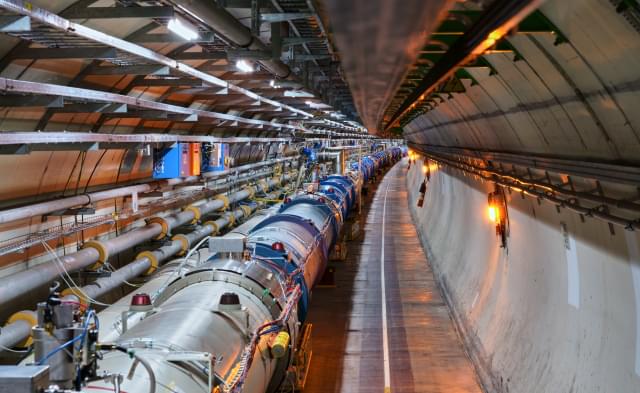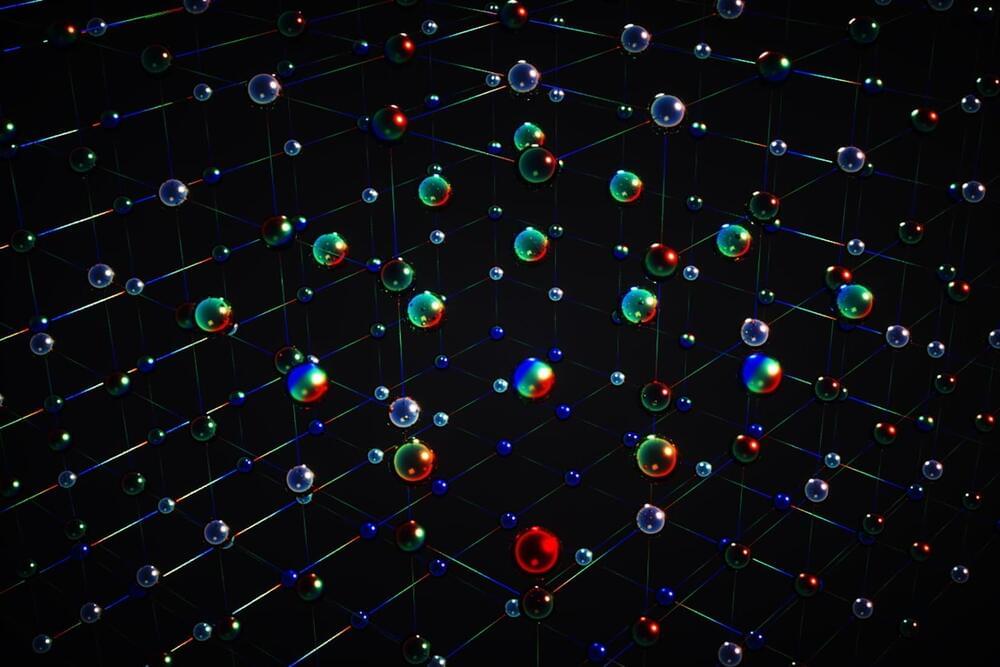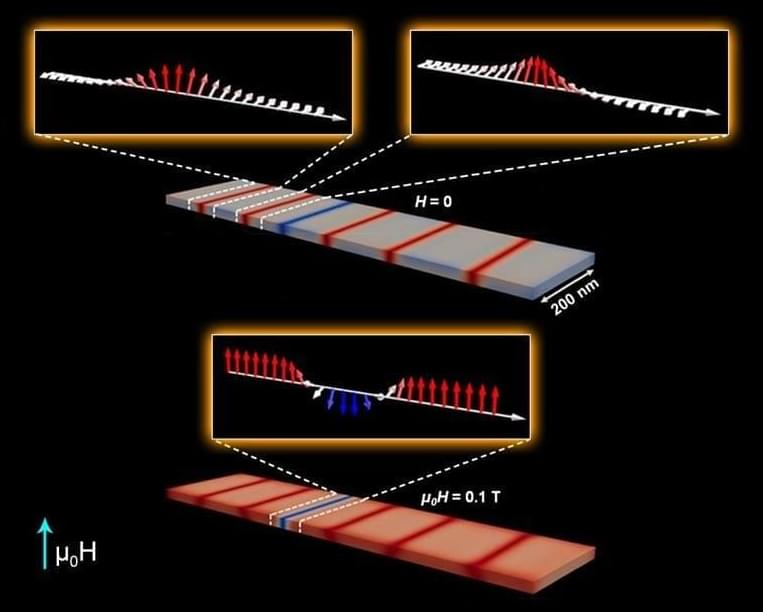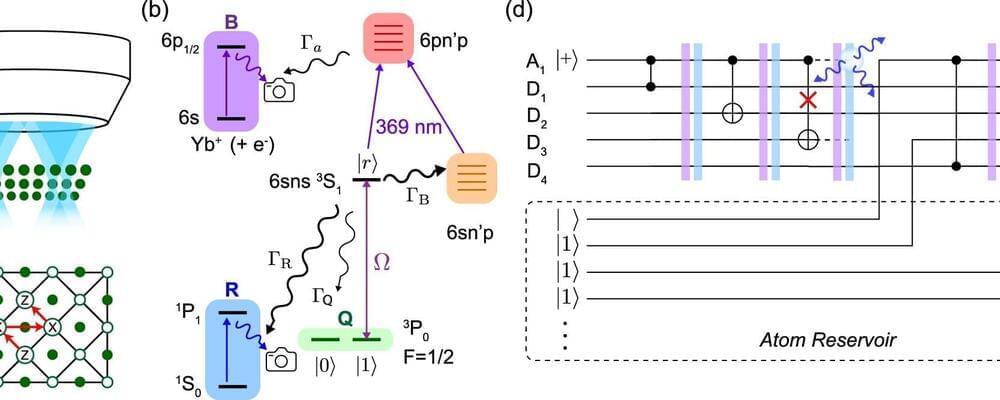Protons are particles that exist in the nucleus of all atoms, with their number defining the elements themselves. Protons, however, are not fundamental particles. Rather, they are composite particles made up of smaller subatomic particles, namely two “up quarks” and one “down quark” bound together by force-carrying particles (bosons) called “gluons.”
This structure isn’t certain, however, and quantum physics suggests that along with these three quarks, other particles should be “popping” into and out of existence at all times, affecting the mass of the proton. This includes other quarks and even quark-antiquark pairs.
Indeed, the deeper scientists have probed the structure of the proton with high-energy particle collisions, the more complicated the situation has become. As a result, for around four decades, physicists have speculated that protons may host a heavier form of quark than up and down quarks called “intrinsic charm quarks,” but confirmation of this has been elusive.

